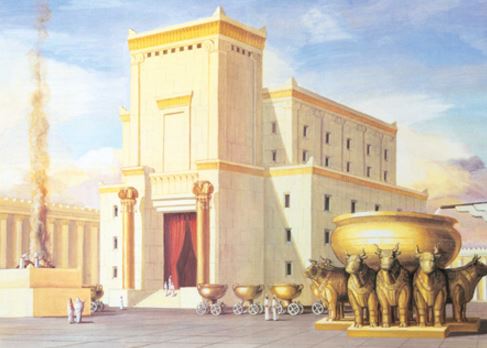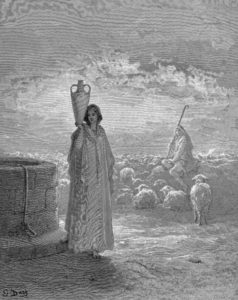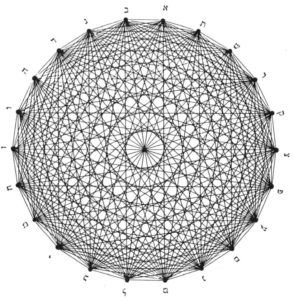This week’s conjoined Torah portions of Vayak’hel and Pekudei conclude the description of the Mishkan’s construction. The Haftarah for Pekudei is a passage from the seventh chapter of I Kings (the exact verses vary by community) describing King Solomon’s construction of the Jerusalem Temple. One of the most breathtaking structures standing in front of the Temple was the “Molten Sea”, a large bathtub for the kohanim to immerse in (as per Rashi and II Chronicles 4:6). The Tanakh describes that the bath was circular, sitting upon a base of twelve oxen statues, and had a total depth of five cubits, roughly ten feet. It held a volume of alpayim bat, “two thousand baths” of water (I Kings 7:26). In fact, the Hebrew bat (בת) is likely the etymology for the English word “bath”!
What’s most perplexing in the description is that we are told the diameter of the circular tub was 10 cubits, yet its circumference was 30 cubits. Throughout history, many have pointed out that this seems to be an error! We all know that the ratio of a circle’s circumference to its diameter is π or Pi, which is 3.1415926 (and so on). So, the Tanakh should have said that the diameter was 10 cubits and the circumference was 31 or 31 and a half cubits. How do we solve this puzzle, and what deeper significance does Pi hold in the Torah?



